Block Foundations
More of What Kind of Foundation do I Have?
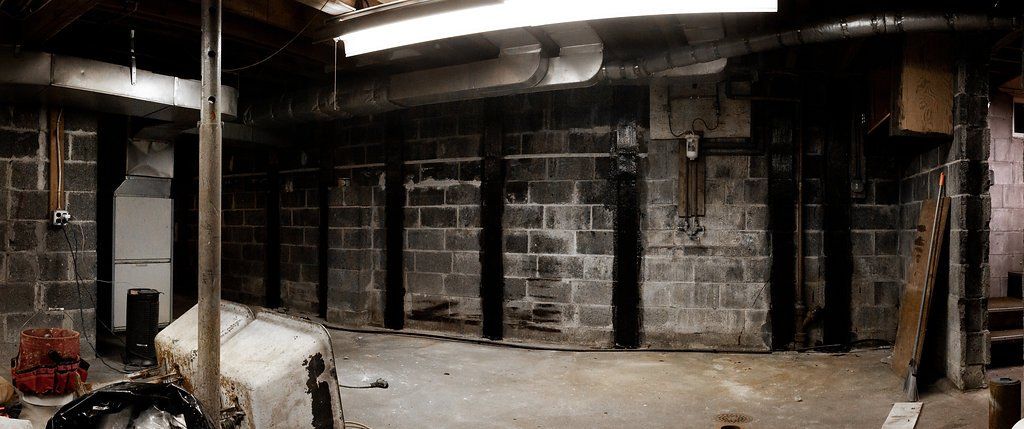
This is a cinder block foundation built in the 50's. Most block foundations were done from the 30's through the 60's. They are characterized by these alternating blocks with mortar. Very much like brick, but on a larger scale. Very durable and stable when done right.Cinder block tends to be rough; Concrete block is smoother.
Block walls are often painted a bright white. This is often Drylock, which is an attempt to stop water seepage through the block. I only hear about the ones that fail; I don't know if that treatment can stop water permanently. When painted on the inside, my experience has been that it lasts 5-10 years. The spots where the water is coming through bubble & peel, and then need to be re-treated.
By the 60's poured concrete was becoming more dominant in central New England with improved forms and availability of people who knew how to do it. Block walls are seldom found in homes these days due to cost for the labor. They are much more common, however, in retail and industrial applications. If you look at the unfinished side of a modern grocery store or big box store, they are often painted concrete block. I believe this is because you can more easily go to extended heights than with poured concrete. Can anyone chime in on this? Why are they still used in larger commercial applications?
I cannot stop a leak in a block wall! I have tried a couple of times to no avail. To manage water around a block wall, you need either exterior drainage at the surface or the footing, or both, or interior perimeter drainage. With the latter, a trench is dug around the inside of the basement in the concrete slab, and a pipe is laid in by the footing. That pipe drains to a sump pump which pumps the excess water out & down hill.
What I can do, is stabilize it so it will not bow any further. We use carbon fiber straps epoxied to the wall, anchored at the sill plate and the slab or footing. This one was treated in September. It has less than 2" of bow. They attempted to install pilasters, next to my 4' level, and those opened up as well. We used Rhino Carbon Fiber Straps & Anchoring system for this wall.
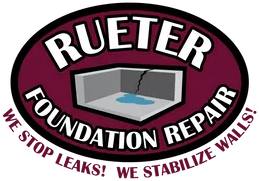



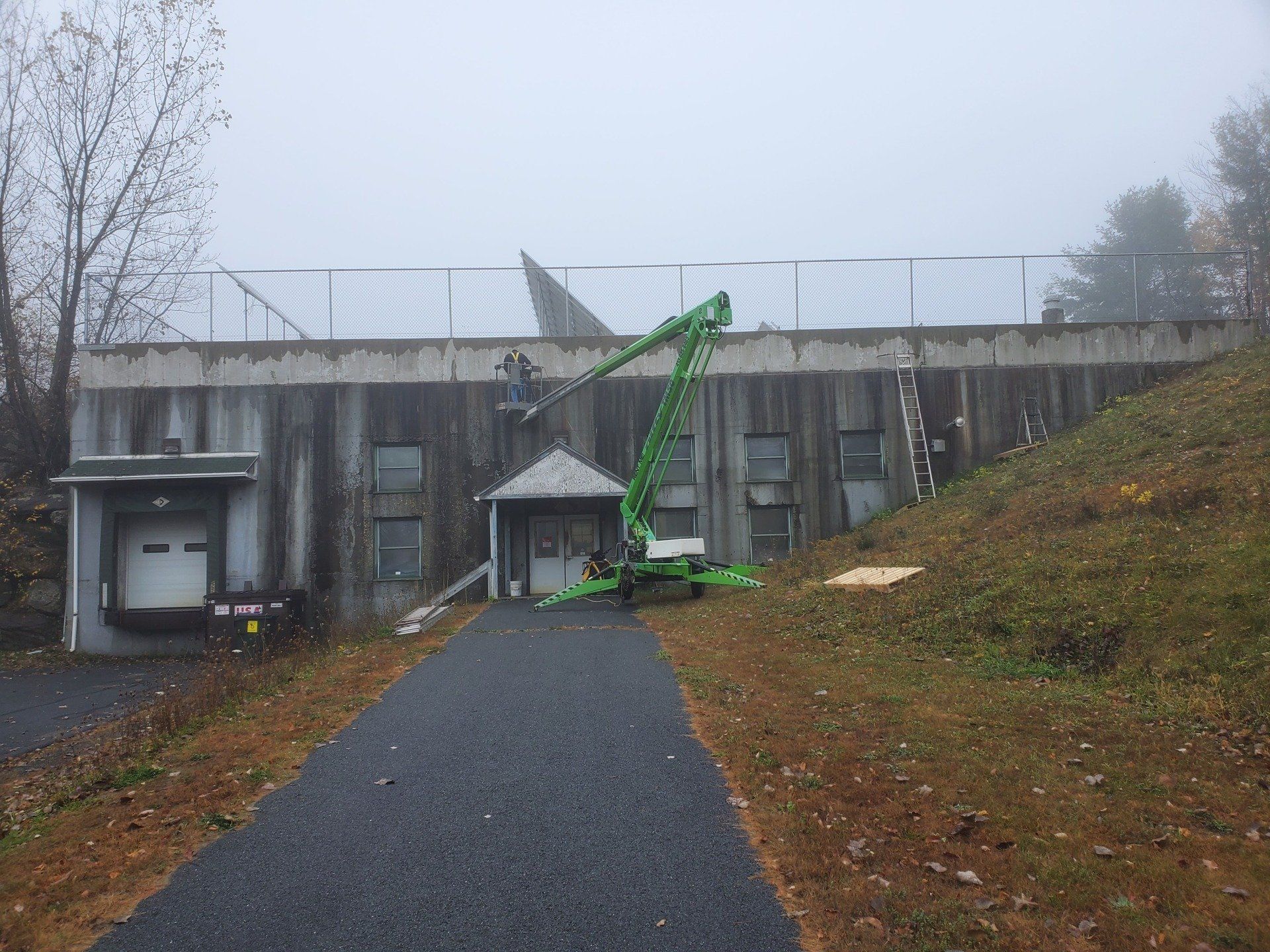

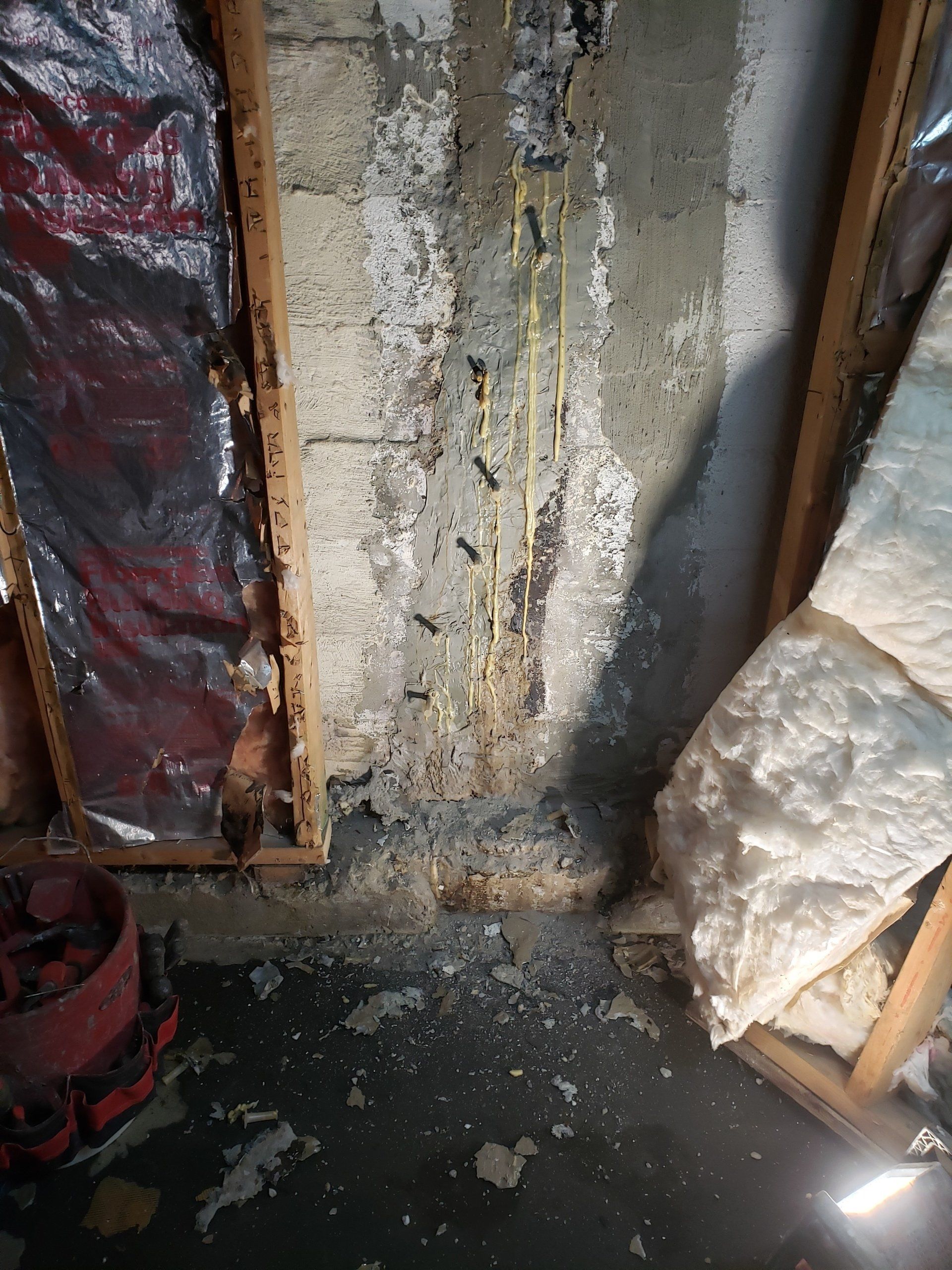

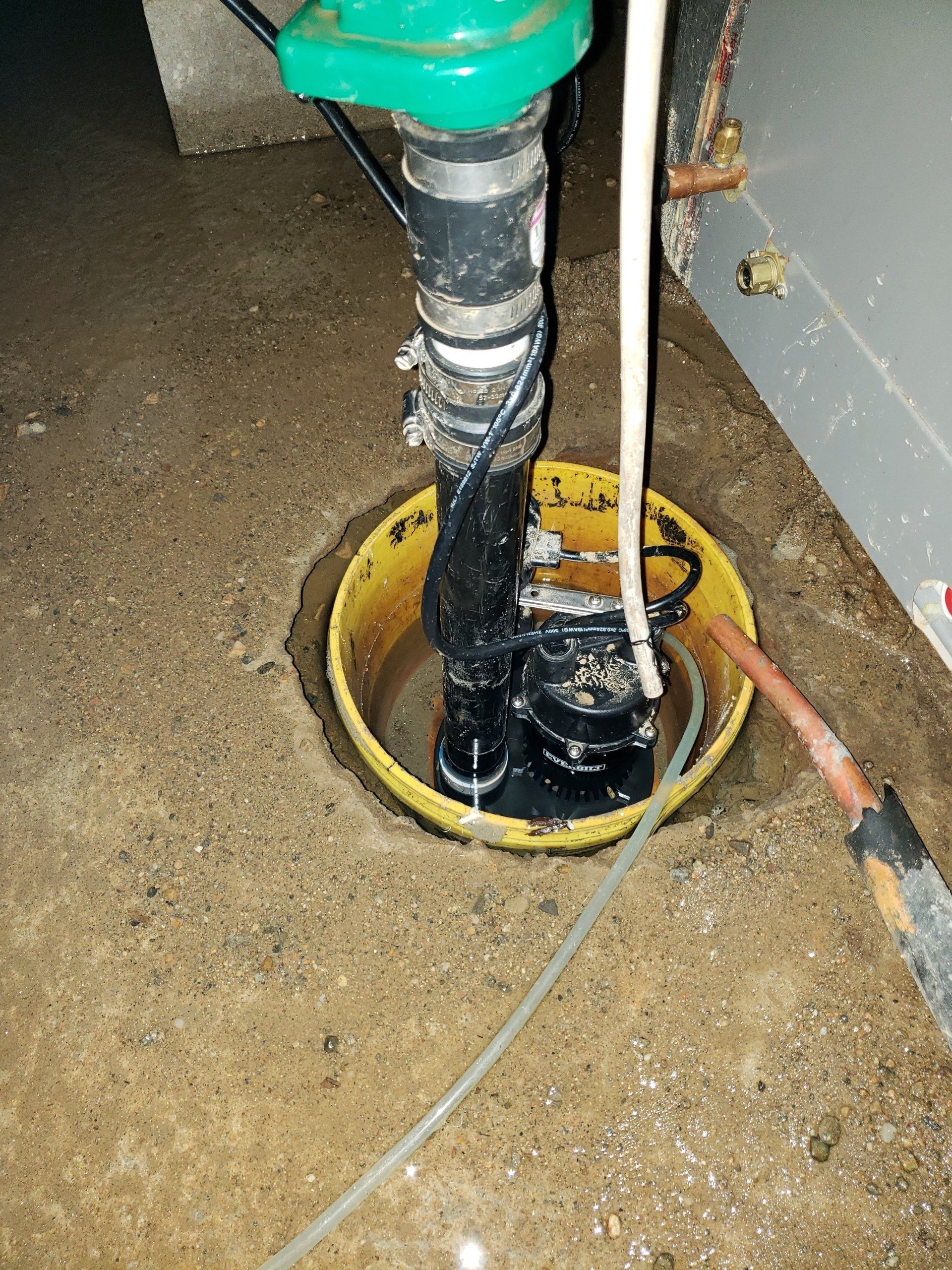
Share On: